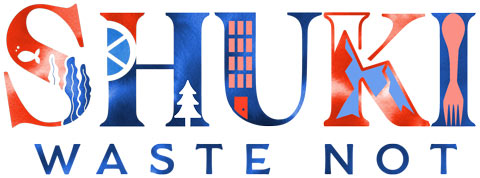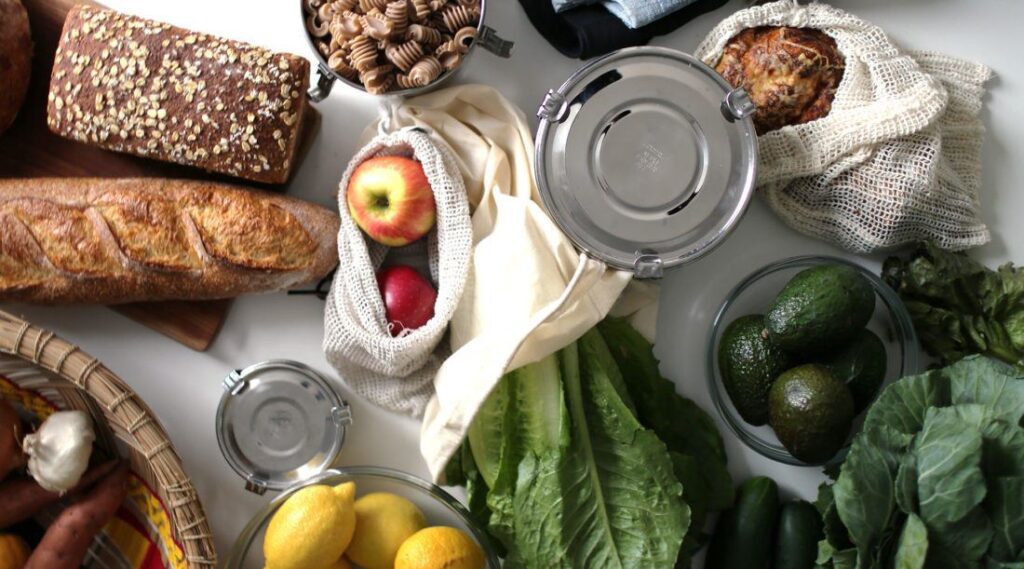How to Bee Friendly!
- Both wild and commercial bees are in severe decline due to climate change and human-led agriculture.
- Bees are the most important pollinators that keep our global food system running, and the loss of bees would come with catastrophic consequences for humans and biodiversity on Earth.
- Learn which factors, specifically, are threatening bees and what you can do about it.
Bees are the quintessential symbol of summer’s return, but you may be seeing fewer of them buzzing around your garden year after year. Climate change has sparked a steady decline of all insect species, but a landmark 2022 report by London’s UCL revealed that agriculture is perhaps an equal culprit.1
Bees and the plants we eat have a mutualistic relationship, of course. Bees get their food from flowers in the form of pollen and nectar, and in return, they help spread the pollen to other flowers, which allows the plants to produce seeds. From April 2020 to April 2021, commercial beekeepers in the U.S. lost half their managed honeybee colonies.2
Meanwhile, entire species are vanishing from the wild. Up to a quarter of all bee species have not been documented since the ’90s.3
So, what exactly is causing this catastrophic decline, what does it mean for us, and what can you do to help bees in your area?
Factors Causing Bee Populations to Decline
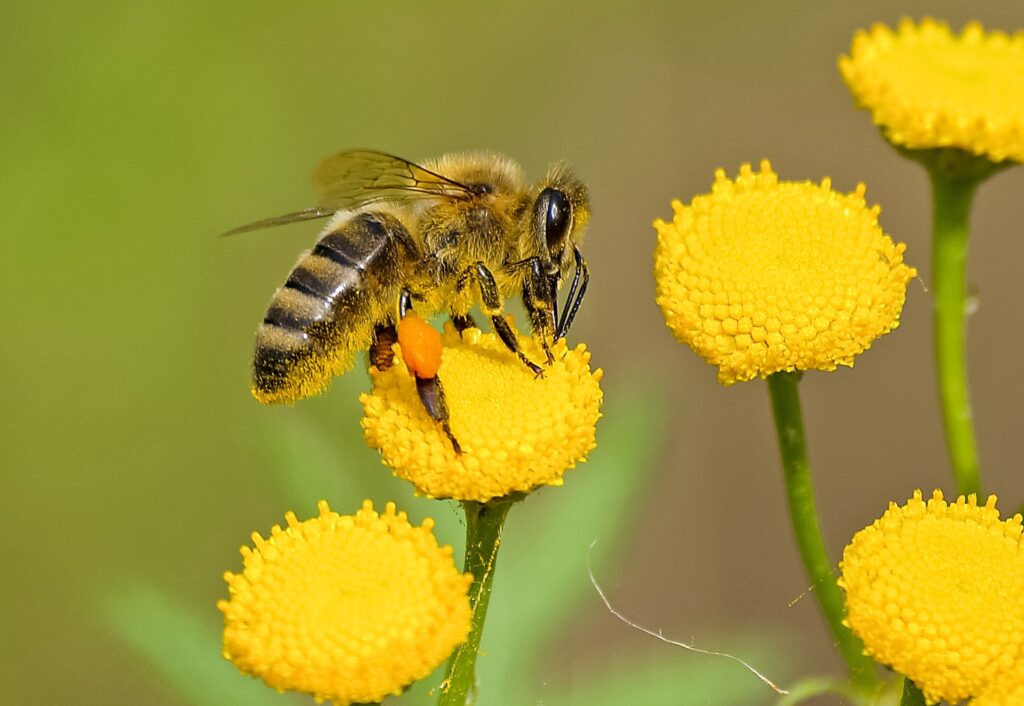
There are several reasons why bees are in decline, and they can all be traced to two main culprits. First, climate change:
- Warming temperatures are causing flowers to bloom before pollinators are ready and available, resulting in nutritional stress.
- Diseases, fungi, and parasites thrive in warmer temperatures, posing increased risk of disease and infection among bees.
- Climate change is shrinking bee territories. The bees are failing to migrate to more viable habitats to establish new hives in time.
The other big one is the pressure of human demands—namely associated with agriculture and development:
- Intensive farming practices require bees to travel across the U.S. pollinating year-round—even during their vital winter dormancy period. Without this rest, bees are weak and susceptible to colony collapse disorder and other diseases.
- Commercial bees are subject to pesticide exposure because they pollinate crops while they’re flowering, and the blooms themselves are prone to fungal diseases.
- Crop expansion and general urban sprawl has resulted in widespread habitat loss for all insects.
Why Are Bees so Important?
Bees are essential to our global food system and the biodiversity of our whole planet. They not only pollinate the plants we grow for food but also the flowers and trees needed for other wildlife habitat. Honeybees are considered a keystone species, meaning one that helps define the entire ecosystem.
Socially, the commercial beekeeping industry employs more than about 15,000 people in the U.S. alone.4 It’s been said that bees and other pollinators contribute more than $217 billion to the global economy each year.5
6 Ways to Help Save the Bees
Now that you know the importance of bees and why they’re suffering, you’re probably feeling inclined to do something about declining populations. Here are some ways you can help pollinators at home.
1. Plant a Pollinator Garden
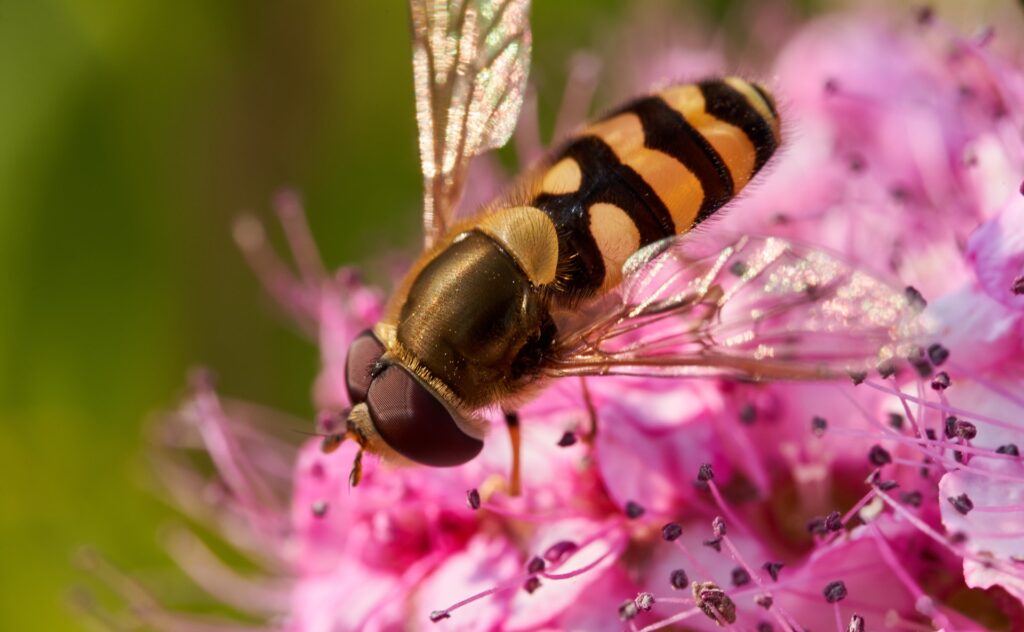
One of the best ways to help bees in your area is to feed them with native flowers. “Native” is the keyword here because your area’s bees have evolved with certain plants and are best adapted to coexist with them. Study after study shows that native bees prefer native over exotic flora.
Plug your zip code into the National Wildlife Federation Native Plant Finder to find out which flowers grow naturally in your area. Familiarize yourself with your USDA Plant Hardiness Zone. If you need some help getting started, purchase a pollinator garden kit with plants native to your zone. Pollinator gardens are trending, and there are all kinds of fun products out there—including lollipop-inspired “seed pops.”
The bigger the garden, the more food and shelter you have to offer. And as a bonus, you’ll be able to enjoy an abundance of bees, butterflies, and hummingbirds in your backyard.
2. Put a Bee Hotel in Your Yard
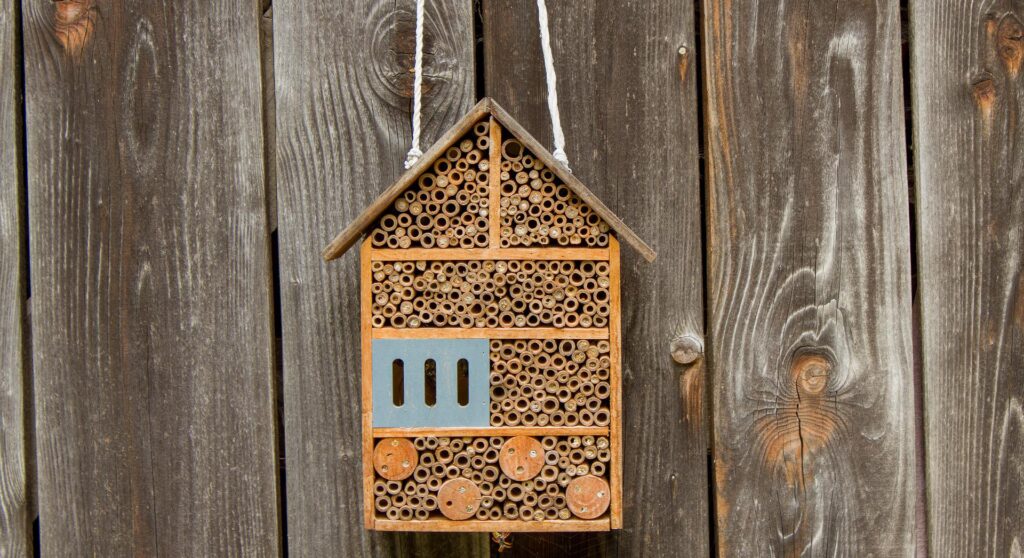
Once you get your pollinator garden going, complete the habitat with a bee hotel. These boxes are great for solitary bees looking for places to make their nests. You can create your own “hotel” by bundling together hollowed-out twigs, bored wood, bamboo shoots, and/or cardboard tubes.
You can also buy one ready to go. They come in all shapes, sizes, and materials. Avid waste averters might like the trademarked Bee Bottle, upcycled from an old wine bottle.
3. Leave Water Out on Hot Days
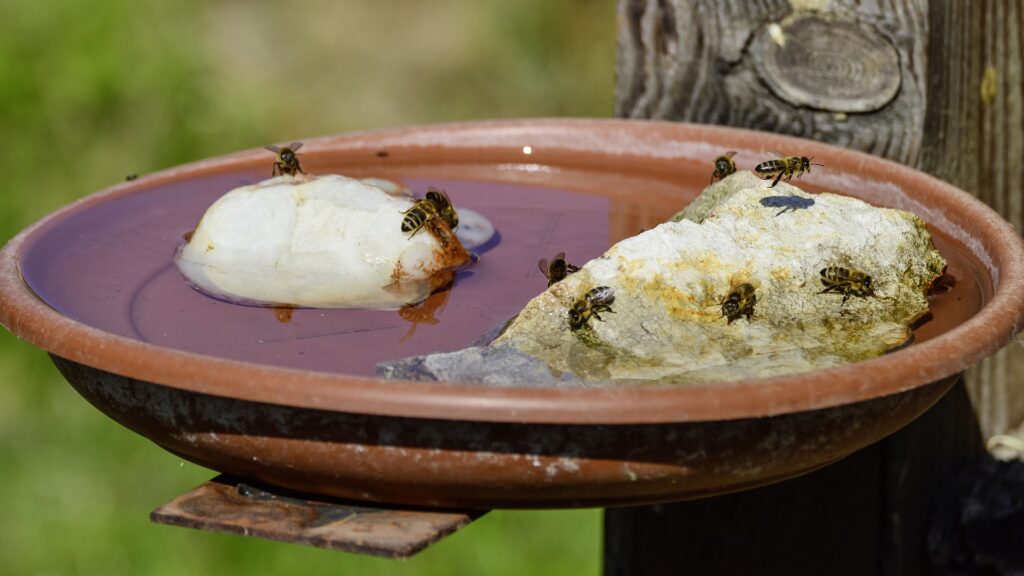
Warming temperatures take a toll on bee health. Hot climates can result in bee overheating and, to make matters worse, dwindling water sources. Help thirsty bees by leaving out a bowl of water for them. Make sure the water is clean and that they have something to perch on, like rocks that sit just above the water’s surface.
Sugar water is generally unhelpful to them because it mimics nectar but contains empty carbohydrates. Only give a bee sugar-spiked water if you notice one in distress. This is such a common occurrence on social media that brands like Beevive sell refillable keychains containing bee-safe sugar water.
4. Shop Ethically and Sustainably
Keep bees in mind when shopping—as in, buy only ethical and sustainable honey and beeswax (local is best), and avoid products that have been known to hurt commercial bee populations. Almonds are a prime example of this. Almond trees grow mostly in Central California, and they require pollination in January and February, when bees should be resting.
California almond orchards are riddled with pesticides and other agrochemicals, which are terrible for bee health. You can still buy almonds, but make sure you buy organic and from a brand with sustainable pollinating practices. Maisie Jane’s, for example, plants wildflowers throughout their orchards to attract and protect native bees.
5. Avoid Agrochemicals
If just one bee is exposed to a harmful pesticide, that pesticide can penetrate the whole colony. Avoid chemicals in your own home gardening and use only natural, organic plant foods instead. Arber is a brand that makes bee-friendly insecticide, fungicide, and bioprotectant. The ingredients are innovative, such as rare bacteria “found near a Buddhist temple in Japan.”
6. Support Local Agriculture
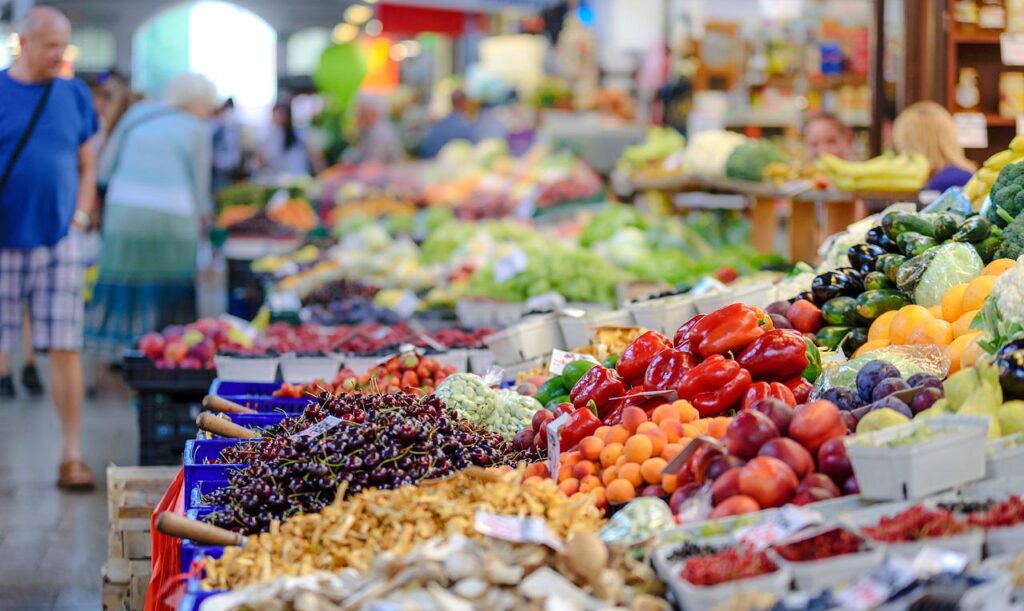
Bees are used for a vast number of the crops we eat. The larger the farming operation, the more commercial and potentially unsustainable the pollination process. Help bees by shopping at your farmer’s market. Buy produce that’s been pollinated by wild, native bees, not colonies that have been schlepped across the country to feed on chemical-treated flowers. In general, local farmers are more invested in bee conservation—and that goes not just for beekeepers but every farmer growing crops that require pollination.
Save the Bees With These Products:
- Jiffy Grow-Your-Own Pollinator Garden Kit on Ferry-Morse
- Pollinator Seed Pops on Free The Ocean
- Native Bee Bottle on Free The Ocean
- Beevive Bee Revival Keychain on Zero Waste Store
- Maisie Jane’s almonds on Hive
- Arber Outdoor Kit
Sources:
- Outhwaite, C.L., P. McCann, and T. Newbold. “Agriculture and Climate Change Are Reshaping Insect Biodiversity Worldwide.” Nature. 2022.
- “United States Honeybee Colony Losses 2020-2021: Preliminary Results.” Bee Informed Partnership. 2021.
- Zattara, Eduardo E., and Marcelo A. Aizen. “Worldwide Occurrence Records Suggest a Global Decline in Bee Species Richness.” One Earth. 2021.
- “Number of Employees in the Beekeeping Sector in the United States From 2010 to 2020.” Statista. 2020.
- “Why We Need Bees.” Planet Bee Foundation
